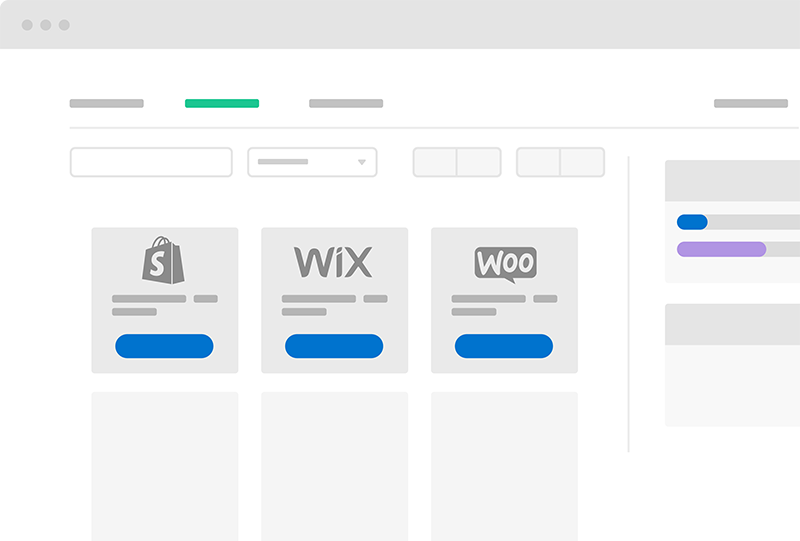If you run an eCommerce store, Terms and Conditions are absolutely vital: customers must be made aware of the business owner’s rules relating to return, withdrawal or cancellation policies.

Terms and Conditions (also known as Terms of Use or Terms of Service) allow you, the owner, to set the way in which your product, service or content may be used, in a legally binding way.
Everyone from bloggers to eCommerce, SaaS, and Enterprise businesses can benefit from setting Terms and Conditions, however, in some cases it can be mandatory. Terms and Conditions are relevant for avoiding misuse in general, but also specifically correlate to applicable law.
This brings us to eCommerce stores.
Not only are Terms and Conditions crucial for protecting you from potential liabilities, but – especially in cases of eCommerce stores – they often contain legally mandated information such as users’ rights, withdrawal or cancellation disclosures.
A valid Terms and Conditions document is generally required whenever complex issues are at stake, such as in the case of eCommerce, where sensitive information such as payment data is processed.
In these cases, the Terms and Conditions typically contains legal information related to conditions of sale and disclosures on methods of payment, shipping, delivery, withdrawals, and cancellation conditions etc. – as commonly required by consumer protection regulations.
Terms and Conditions are fundamental to mount an adequate and proper defense, should the need arise. To protect your online store in a preventative way, a good Terms and Conditions document should contain the following clauses:
A proper Terms and Conditions document won’t do your business any good if no one sees it: here’s why the best idea is to add it a link to your site’s footer so that it is always visible and accessible.
In addition to the website’s footer, other advantageous locations to place Terms and Conditions links are signup and checkout forms.
The document below is an example of Terms and Conditions for eCommerce created with iubenda Terms and Conditions Generator. Click on the button to open it:
Terms and ConditionsOur Terms and Conditions Generator lets you easily generate and manage Terms and Conditions that are:
Our solution is powerful, precise, and capable of handling even the most complex, individual scenarios and customization needs.
See it in action:
It comes with:
Our Terms and Condition Generator is optimized for everything from eCommerce, blogs, and apps, to complex scenarios like marketplace and affiliate scenarios. Read more about it here or start generating your Terms and Conditions below.